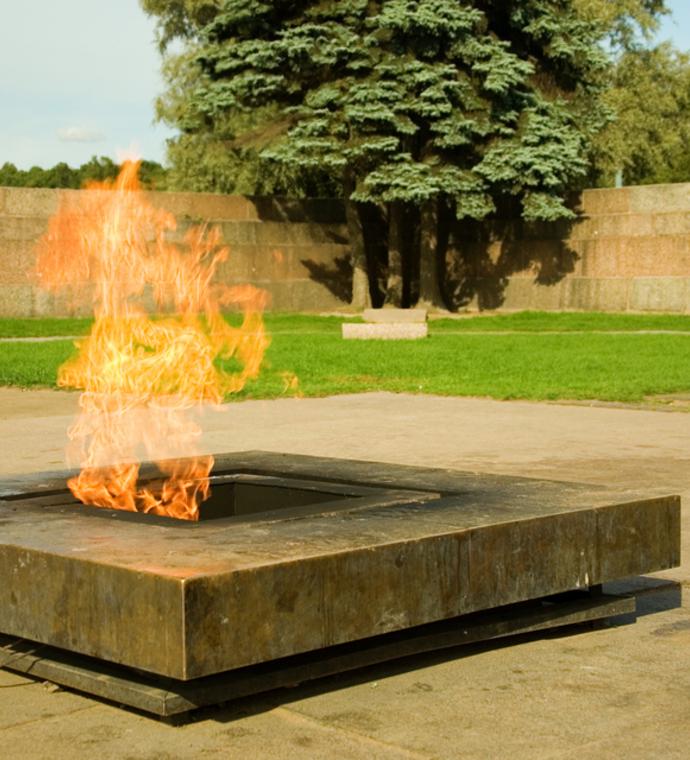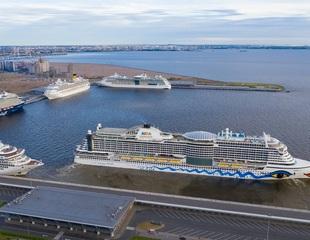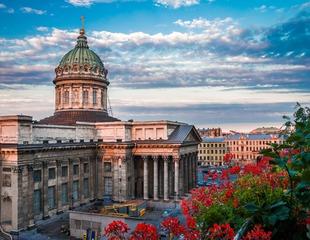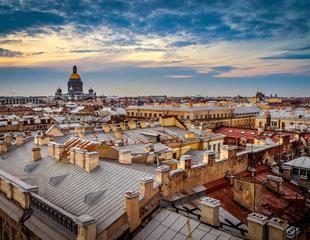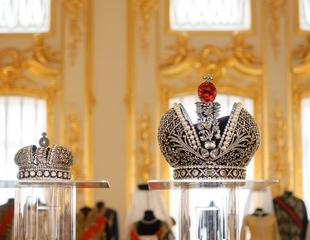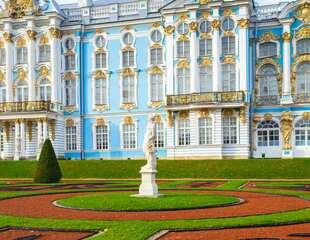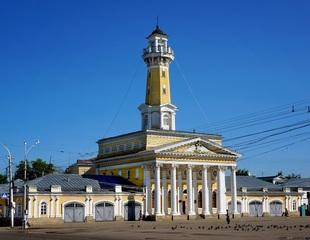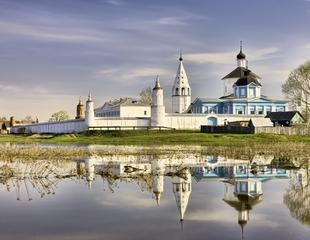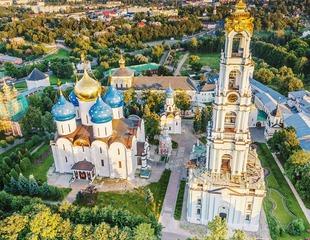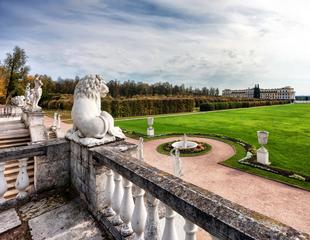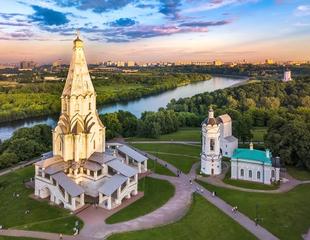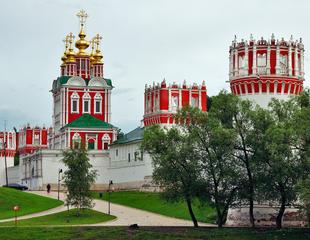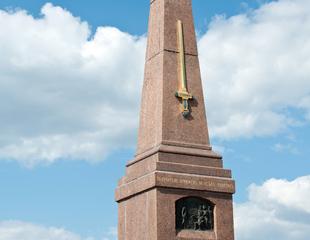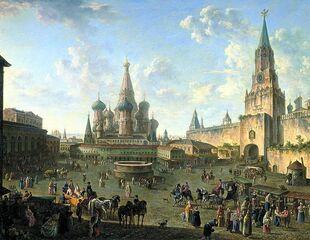The Field of Mars is the largest memorial park complex in the center of Saint Petersburg, covering an area of nearly nine hectares. The magnificent panorama of the vast parterre garden square with a monument to victims of the revolution is limited on the southern and eastern sides by the Summer Garden and Mikhailovsky Garden, and on the northern side by the Neva River and Suvorov Square. The ensemble of the Field of Mars consists of the Marble Palace, Mikhailovsky Castle, Pavlovsky barracks, the Summer, and Mikhailovsky Gardens.
The history of the Field of Mars dates back to the early years of the foundation of St. Petersburg. In the early 18th century, there was an overgrown swamp grove on the site of the Field of Mars. It was later turned into a place for a review of troops and was named Big Meadow. There were held celebrations and festivities in honor of the victory in the Northern War. In this place were held carnivals, presentations, and fireworks, after which a large meadow was renamed Pleasure Field. But this name was not stuck for a long time: there was built a palace of Catherine I, the wife of Peter the Great, next to the palace, and the adjacent territories were called Tsarina’s Meadow. Only in 1805, the field was named in honor of the ancient god of war — Mars.
The Field of Mars for a long time has been used as a place of maneuvers of Guards regiments. Emperor Paul I was distinguished by his love for the military parades on the Field of Mars, near which he ordered to build his official residence — the Mikhailovsky Castle. In the second half of the 19th century, the Field of Mars again became a place of festivals with swings, roundabouts, and show booths.
In 1917, on the Field of Mars, there were solemnly buried the remains of those who died during the February Revolution. They were buried as heroes, and later the Field of Mars became a place of burial of victims of the counter-revolutionary rebellions and the October Revolution. In 1917-1919, there was set a monument “To the Fighters of the Revolution”, by architect L. Rudnev.
During the siege, there were arranged gardens on the Field of Mars where were grown vegetables for the inhabitants of the besieged city. January 27, 1944 there were established tools for fireworks in honor of the end of the siege of Leningrad. In 1957, there was lit the first in the country eternal flame on the Field of Mars in memory of the victims of all wars and revolutions that had taken place in St. Petersburg.
